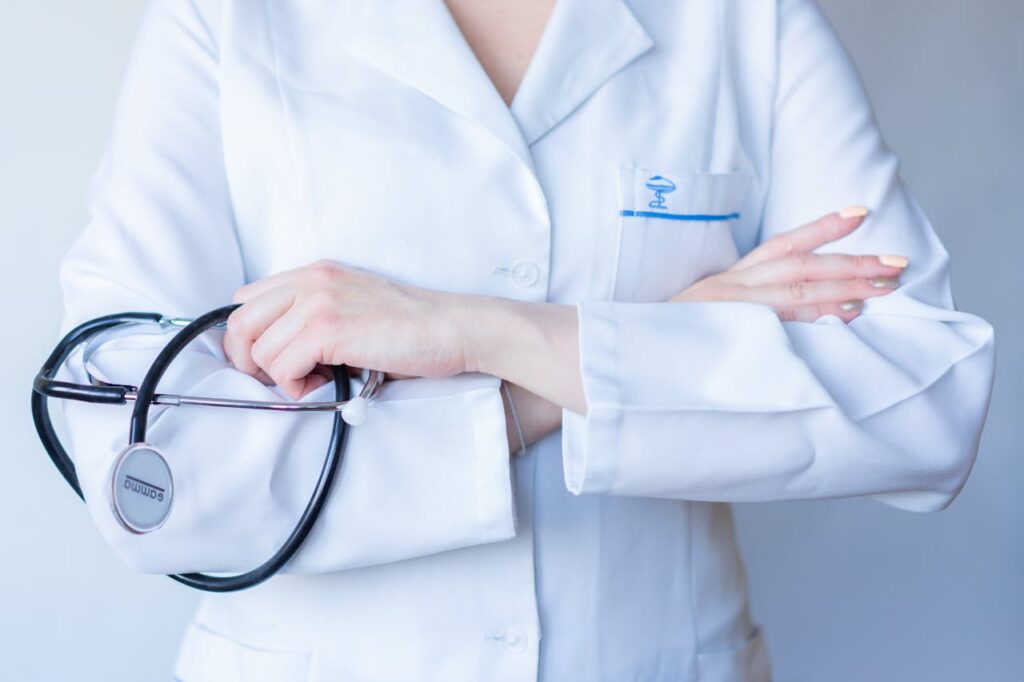When planning a trip to Ecuador, doctors and health experts recommend travelers be proactive about malaria – especially for certain regions of the country.
This article will provide a comprehensive guide to malaria prevention in Ecuador, including the regions at highest risk, seasonal variations, and the best strategies to protect yourself during your trip.
High-Risk Areas in Ecuador
Understanding where malaria is most prevalent in Ecuador is the first step in safeguarding your health. The risk of malaria varies across the country, with some areas posing a higher threat than others.
- Regions near the Amazon Basin and coastal lowlands are particularly high-risk zones due to the tropical climate and abundance of water sources, which create ideal breeding grounds for mosquitoes.
- The provinces of Esmeraldas, Manabí, and Sucumbíos are known for higher malaria transmission rates, so travelers heading to these areas need to take extra precautions.
- Reports of malaria cases have occurred in areas that are typically considered lower risk, such as the foothills of the Andes. This underscores the importance of being vigilant, no matter where you are in Ecuador.
Even if you’re spending most of your time in urban areas or at higher elevations, it’s still wise to be prepared and take preventive measures.
Environmental Factors That Elevate Malaria Risk
In Ecuador, like in many other countries with high malaria risk, mosquitoes thrive in warm, humid environments with plenty of stagnant water.
The Amazon region, with its dense jungle and countless rivers and streams, provides ideal conditions for mosquito breeding. The same is true for coastal lowlands, where marshes, ponds, and other bodies of water are common. These areas not only attract mosquitoes but also sustain large populations, making them hotspots for malaria transmission.
Urban areas are not entirely free from risk either. While cities like Quito and Guayaquil might not have the same natural conditions that favor mosquito breeding, human-made factors such as poor drainage systems, open containers, and neglected swimming pools can create unexpected mosquito habitats. This means that even in urban environments, there’s a need for caution, particularly in neighborhoods with inadequate sanitation.
Seasonal Variations in Malaria Risk
Malaria risk in Ecuador isn’t constant throughout the year—it fluctuates with the seasons.
- The rainy season, which typically runs from October to May, brings an increased risk of malaria due to the abundance of water, creating more opportunities for mosquitoes to breed.
- During these months, mosquito populations spike, and so does the potential for malaria transmission.
- Travelers visiting Ecuador during the rainy season need to be particularly cautious, as the chances of encountering malaria-carrying mosquitoes are higher.
In contrast, the dry season (from June to November) generally sees a decrease in mosquito activity, which corresponds with a lower malaria risk. However, this doesn’t mean that the risk disappears completely—malaria can still be a concern even during the dry season, albeit to a lesser extent.
Key Malaria Prevention Strategies for Travelers
When it comes to avoiding malaria in Ecuador, there are two primary strategies that travelers should focus on: preventing mosquito bites and taking antimalarial medications. Both methods are important and should be used together for maximum protection.
1) Taking Antimalarial Medication
Antimalarial tablets are specifically designed to prevent the malaria parasite from taking hold in your body if you’re bitten by an infected mosquito.
There are several options available, and the right choice depends on various factors, including the specific region you’re visiting and your medical history.
- Atovaquone-Proguanil (Malarone) is a popular choice (get an online prescription here) for many travelers due to its high effectiveness and relatively low side effect profile. It’s typically taken once daily, starting 1-2 days before traveling and for 7 days afterwards.
- Doxycycline is another option, often chosen for its affordability. However, it requires daily dosing and must be continued for four weeks after leaving the malaria-risk area, which can be a drawback for some travelers.
- Mefloquine is less commonly used due to the potential for serious side effects, including dizziness, vomiting and difficulty sleeping.
Obtaining antimalarial medication has become more convenient in recent years, thanks to advancements in telehealth.
Services like Runway Health offer online consultations, where you can discuss your travel plans with a healthcare provider and receive a prescription delivered directly to your door. This can save time and make it easier to get the medications you need before your trip.
2) Preventing Mosquito Bites
The most direct way to reduce your risk of contracting malaria is by avoiding mosquito bites. This can be achieved through several personal protective measures:
- Use EPA-registered insect repellents that contain DEET or permethrin. These repellents are effective in deterring mosquitoes and should be applied to all exposed skin.
- Wear protective clothing that covers your arms, legs, and feet — particularly during early morning and evening hours when mosquitoes are most active. Sticking to light colors is also preferable, as it’s less likely to attract mosquitoes.
- Sleep under insecticide-treated bed nets if you’re staying in areas where mosquitoes are prevalent, particularly in more rural or remote locations. These nets provide a physical barrier against mosquitoes and are treated with insecticides that kill mosquitoes on contact.
- Use air conditioning or window screens in your accommodations to keep mosquitoes out. If neither is available, consider using a bed net even when indoors.
While these measures significantly reduce the likelihood of getting bitten, they aren’t foolproof. That’s why many health experts also recommend taking antimalarial medications as a primary layer of protection.
Ecuador’s Healthcare System and Malaria Treatment
Ecuador’s medical system is equipped to handle malaria cases, particularly in larger cities and towns where clinics and hospitals have the necessary diagnostic tools and treatments.
Rapid diagnostic tests and antimalarial medications are typically available in these facilities, ensuring that travelers can access reliable care if they suspect they’ve contracted malaria.
However, the situation can be different in more remote areas of Ecuador, where healthcare facilities may be fewer and less equipped to deal with serious malaria cases. If you’re planning to visit rural or isolated regions, it’s wise to prepare for the possibility that you might need to travel back to a larger urban center to receive proper medical care. Knowing the locations of nearby healthcare facilities and having a plan in place for seeking treatment can be lifesaving in an emergency.
Identifying Malaria Symptoms
Recognizing the symptoms of malaria early is crucial for effective treatment. Malaria symptoms often resemble those of the flu and can include:
- Fever
- Sweating
- Chills
- Headaches
- Nausea
- Muscle pains
Because these symptoms can be easily mistaken for other illnesses, it’s important to consider malaria as a possibility if you start feeling unwell after being in a high-risk area. Prompt medical attention is essential, as malaria can quickly become severe if not treated.
If you experience any of these symptoms during or after your trip to Ecuador, seek medical help immediately. Even if you’re in a remote area, don’t delay in traveling to a location where you can receive a proper diagnosis and treatment.
Preparing for Your Trip to Ecuador
Before you embark on your journey to Ecuador, there are several steps you can take to ensure you’re well-prepared to avoid malaria:
- Consult with a healthcare provider about your travel plans and discuss the best antimalarial medication for your trip.
- Get any necessary vaccinations in advance, as recommended for travelers to Ecuador.
- Pack an ample supply of insect repellent, protective clothing, and a treated bed net for your trip.
- Research the areas you’ll be visiting to understand the specific malaria risks associated with those locations.
- If you plan to seek travel insurance, make sure it covers medical emergencies related to malaria or other illnesses.
By taking these precautions, you can significantly reduce your risk of contracting malaria and enjoy your trip to Ecuador with peace of mind.
Stay Informed and Protected
Malaria prevention in Ecuador requires careful planning and vigilance – but with the right strategies, you can minimize your risk and stay healthy during your travels.
Combining personal protective measures with antimalarial medication provides the best defense against malaria. And should you experience any symptoms of malaria, knowing where to seek medical attention is key to ensuring timely treatment. Ultimately, being informed and proactive is the best way to protect yourself from malaria while exploring all the beauty and adventure that Ecuador has to offer.

